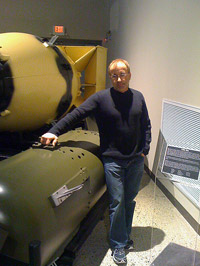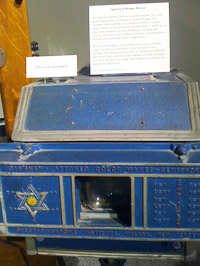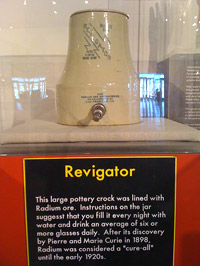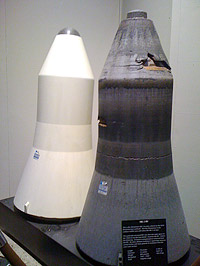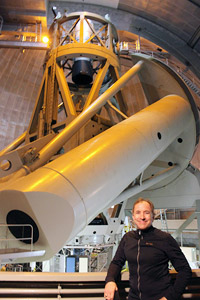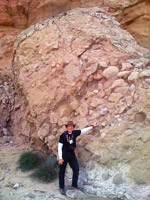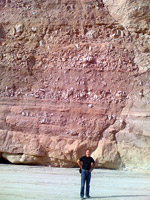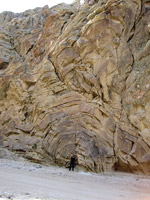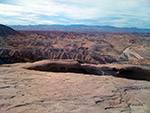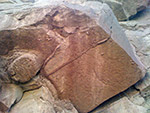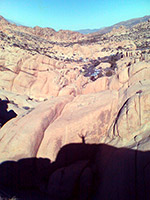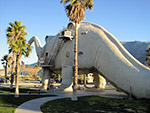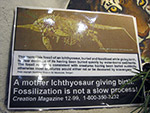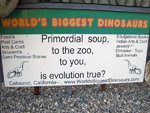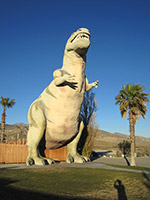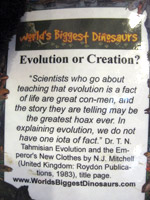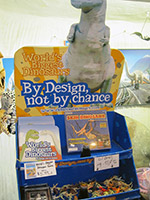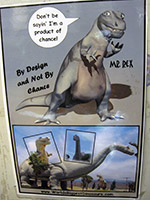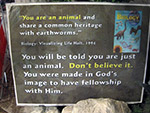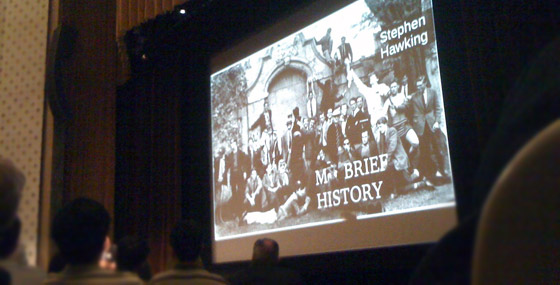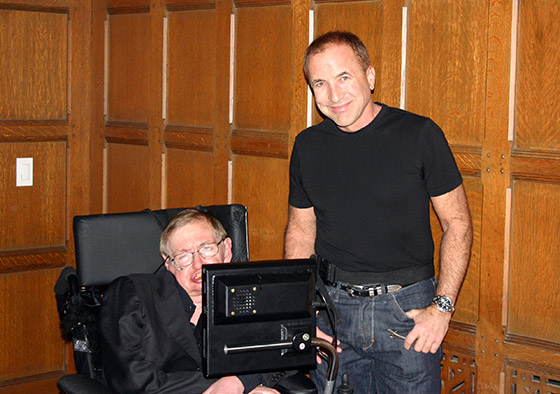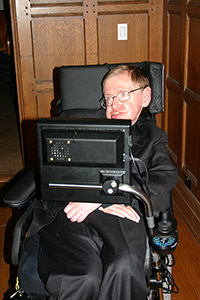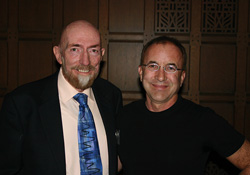Egypt, Watson & the Future of Civilization
What does the democratic uprising in Egypt and other Arab nations have to do with IBM’s Jeopardy champion Watson in determining the fate of civilization? Think bottom up, not top down; think exponential growth, not linear change; think crowd sourcing, not elite commanding; and think open access and transparency, not closed entree and secrecy. Under the influence of these four forces, such seemingly unconnected events are, in fact, connected at a deeper level when we pull back and examine the overall trajectory of the history of civilization.
- Bottom up, not top down. Almost everything important that happens in both nature and in society happens from the bottom up, not the top down. Water is a bottom up, self-organized emergent property of hydrogen and oxygen. Life is a bottom up, self-organized emergent property of organic molecules that coalesced into protein chains through nothing more than the input of energy into the system of Earth’s early environment. Evolution is a bottom up process of organisms just trying to make a living and get their genes into the next generation, and out of that simple process emerges the diverse array of complex life we see today. An economy is a self-organized bottom up emergent process of people just trying to make a living and get their genes into the next generation, and out of that simple process emerges the diverse array of products and services available to us today. And democracy is a bottom up emergent political system specifically designed to displace top down chiefdoms, kingdoms, theocracies, and dictatorships.
- Exponential growth, not linear change. Science and technology have changed our world more in the past century than it changed in the previous hundred centuries—it took 10,000 years to get from the cart to the airplane, but only 66 years to get from powered flight to a lunar landing. Moore’s Law of computer power doubling every eighteen months continues unabated and is now down to about a year. Computer scientists calculate that there have been thirty-two doublings since World War II, and that as early as 2030 we may encounter the Singularity—the point at which total computational power will rise to levels that are so far beyond anything that we can imagine that they will appear near infinite. And not just in raw number crunching power but in cognitive processing ability, as witnessed in the difference between IBM’s Deep Blue chess playing master and IBM’s Jeopardy champion.
- Crowd sourcing, not elite commanding. Knowledge production has been one long trajectory of shifting not only from top down to bottom up, but from elite commanding to crowd sourcing. From ancient priests and medieval scholars, to academic professors and university publishers, to popular writers and trade publishing houses, to everyone their own writer and publisher online, the democratization of knowledge has struggled alongside the democratization of societies to free itself from the bondage of top down control. Compare the magisterial multi-volume encyclopedias of centuries past that held sway as the final authority for reliable knowledge, now displaced by individual encyclopedists employing wiki tools and making everyone their own expert.
- Open access and transparency, not closed entrée and secrecy. The Internet is the ultimate bottom up self-organized emergent property of crowd sourcing millions of computer users in an open access and transparent exchange of language, knowledge, and data across servers; although there are some top-down controls involved—just as there are some in mostly bottom-up economic and political systems—the strength of digital freedom derives from the fact that no one is in charge.
For the past 10,000 years humanity has gradually but ineluctably transitioned from top down to bottom up, from linear change to exponential growth, from elite commanding to crowd sourcing, and from secrecy to transparency. Together these forces are driving us to Civilization 2.0 on a scale I derived for classifying the rich array of human societies throughout history:
Civilization 1.1: Fluid groups of hominids living in Africa. Technology consists of primitive stone tools. Intra-group conflicts are resolved through dominance hierarchy, and between-group violence is common.
Civilization 1.2: Bands of roaming hunter-gatherers that form kinship groups with a mostly horizontal political system and egalitarian economy and utilizing sophisticated tools to extract what they could from relatively resource poor environments.
Civilization 1.3: Tribes of individuals linked through kinship but with a more settled and agrarian lifestyle with the beginnings of a political hierarchy and a primitive economic division of labor and employing mostly animal and human labor.
Civilization 1.4: Chiefdoms consisting of a coalition of tribes into a single hierarchical political unit with a dominant leader at the top, and with the beginnings of significant economic inequalities and a division of labor in which lower-class members produce food and other products consumed by non-producing upper-class members.
Civilization 1.5: The state as a political coalition with jurisdiction over a well-defined geographical territory and its corresponding inhabitants, with a mercantile economy that seeks a favorable balance of trade in a win-lose game against other states.
Civilization 1.6: Empires that extend their control over peoples who are not culturally, ethnically or geographically within their normal jurisdiction, with a goal of economic dominance over rival empires.
Civilization 1.7: Democracies that divide power over several institutions, which are run by elected officials voted for by a limited number of citizens as defined by race, gender, and class, with the beginnings of a market economy.
Civilization 1.8: Liberal democracies that give the vote to all adult citizens regardless of race, class, or gender, and utilizing markets that begin to embrace a nonzero, win-win economic game through free trade with other states.
Civilization 1.9: Democratic capitalism, the blending of liberal democracy and free markets, now spreading across the globe through democratic movements in developing nations and broad trading blocs such as the European Union.
Civilization 2.0: Globalization that includes worldwide wireless Internet access, with all knowledge digitized and available to everyone, a completely global economy with free markets in which anyone can trade with anyone else without interference from states or governments. A planet where all states are democracies in which everyone has the franchise.
Reaching Civilization 2.0 is not inevitable. As we are witnessing in Arab countries this month, resistance by nondemocratic states to turning power over to the people is considerable, especially in theocracies whose leaders would prefer we all revert to Civilization 1.4 chiefdoms. But by spreading liberal democracy and free trade, science and technology and the open access to knowledge through computers via the Internet will, in the words on a plaque posted at the Suez Canal: Aperire Terram Gentibus—To Open the World to All People.


